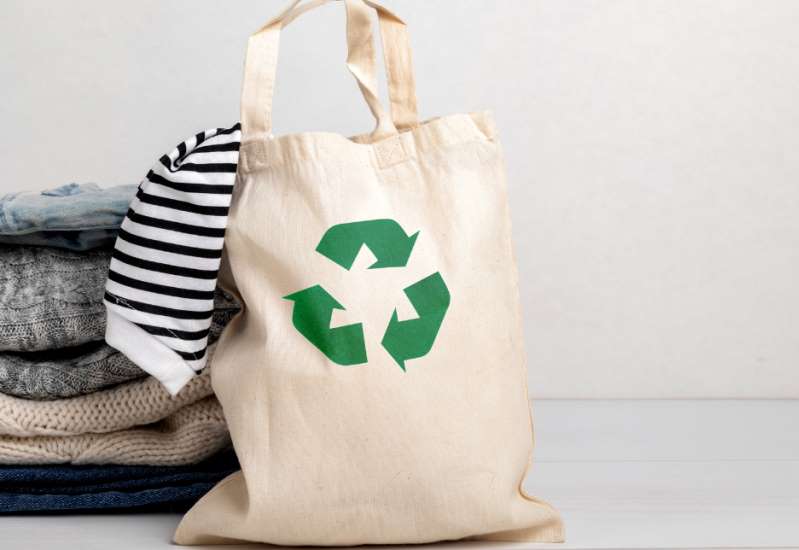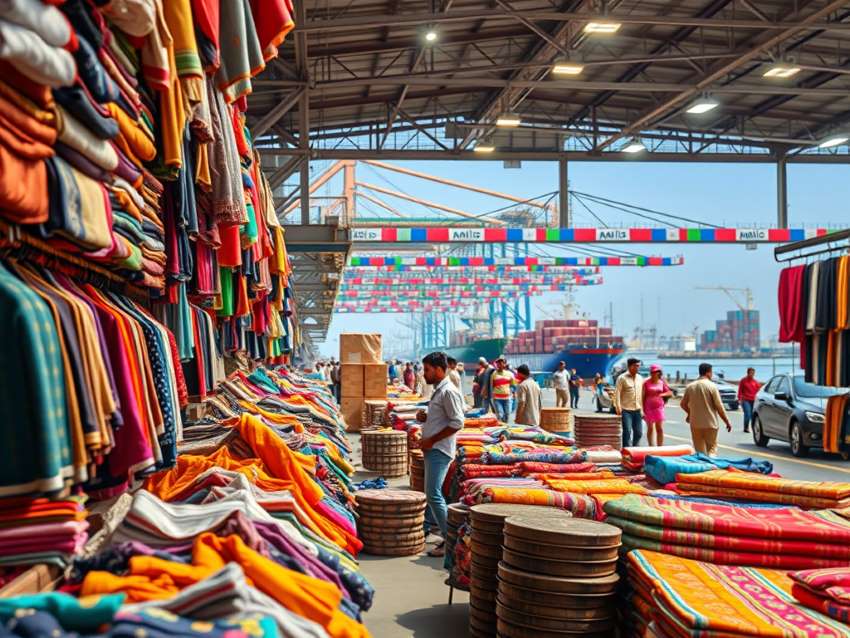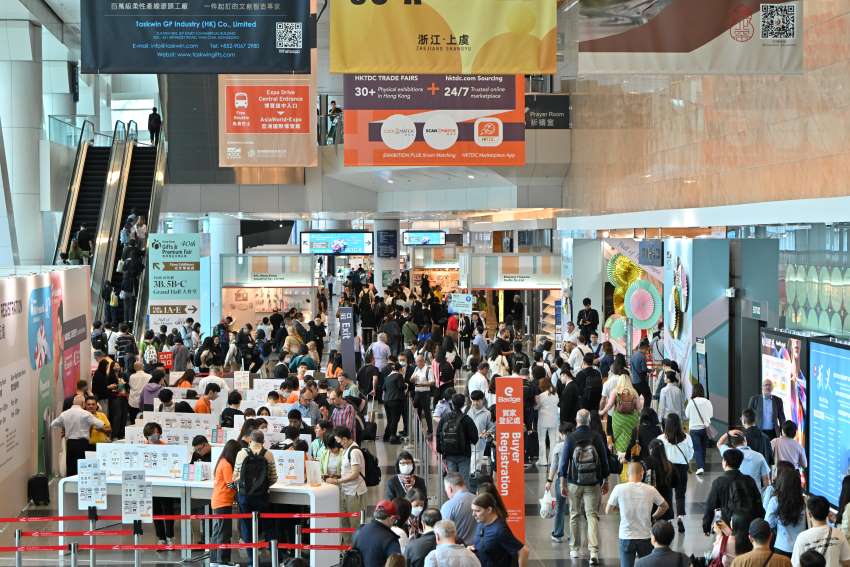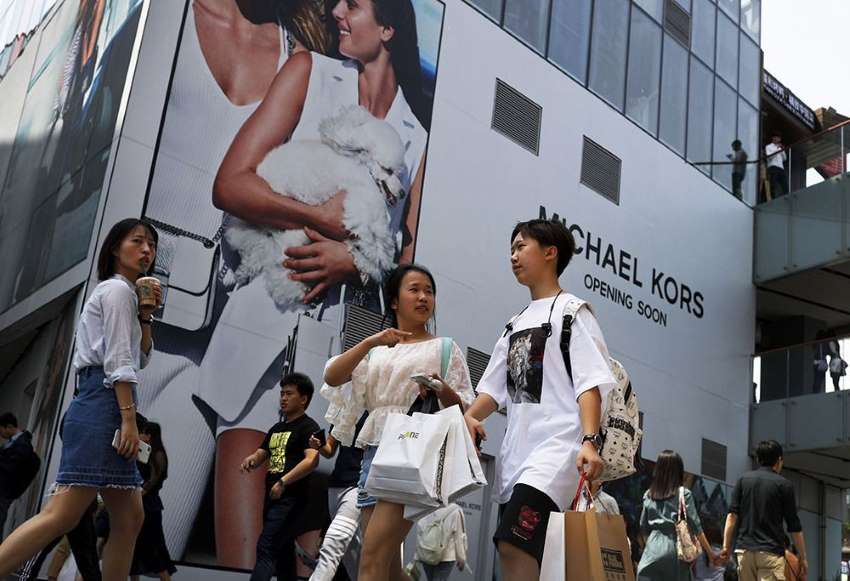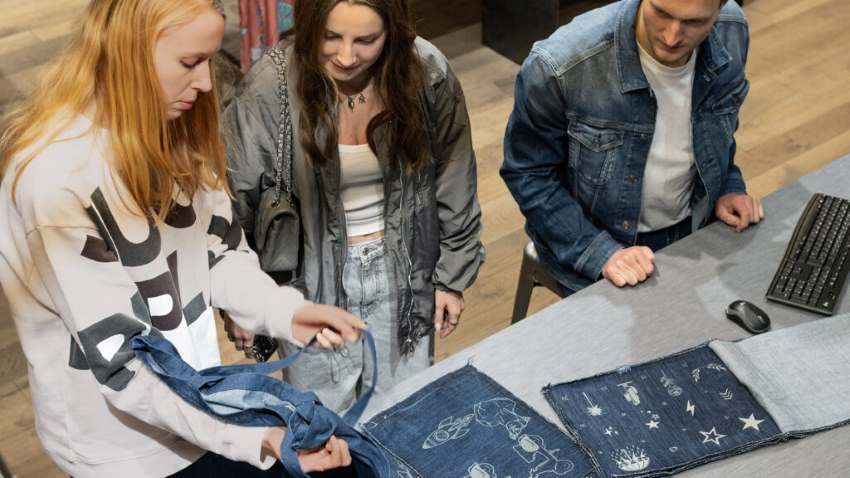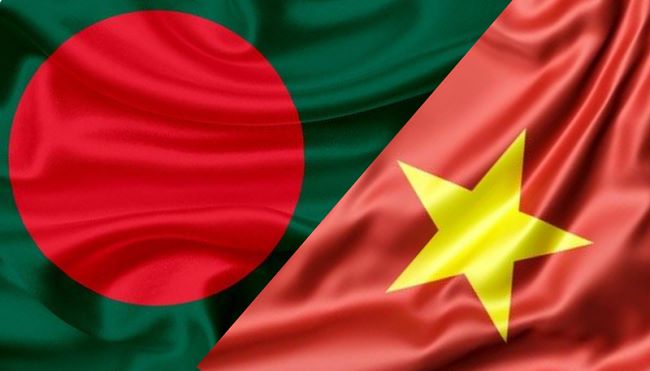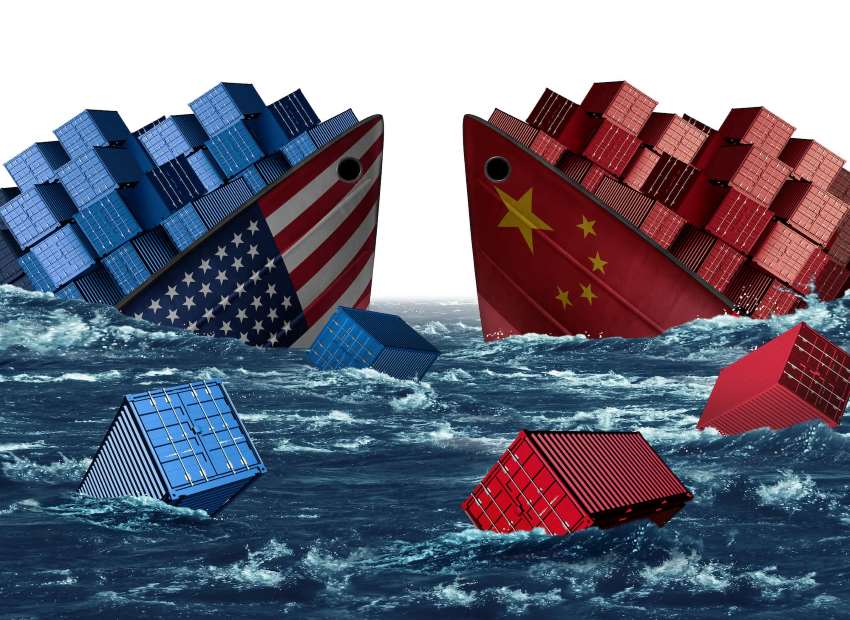
Past mid-2023, there is a clear indication that the Indian textile industry is brushing off all setbacks and coursing a revival path. Traditionally the global textile manufacturing segment has traditionally been associated with China, US, the EU collective of France, Germany, Italy, Spain and Portugal. India, Bangladesh and many other countries within the ASEAN group like Cambodia, Thailand, Vietnam, Myanmar, and the Philippines are emerging strong, with China’s hold over the segment being in jeopardy post-pandemic.
Growing demand for sustainable and eco-friendly staple fibers like cotton, jute, and wool in the post-pandemic years are now fiercely competing with synthetic staple fibers like viscous rayon and polyester. Indeed, cotton has remained the most popular among all fibres -- although prohibitively expensive as compared to the others -- due to its multipurpose fiber qualities like cooling, absorption, and softness for summer clothing. Sheep wool with its insulating attributes also remains popular in the production of knitted warm clothing and sweaters.
Textile staples demand to reach $290.6 billion by 2033
A recent study by Future Market Insights (FMI) on the ‘Textile Staples Market (2023-2033)’ of synthetic and natural fibers shows positive growth with the the global textile staples market valued at $170.1 billion in 2023, with sales projected to increase at 5.5 per cent CAGR over the 10-year forecast period. The increased demand for textile staples in various related industries, such as apparel, general and leisure, sportswear, and interior flooring and other segments, is anticipated to reach $290.6 billion in the next decade by 2033. This is indeed a great jump from $161.2 billion in 2022 with a 4.2 per cent CAGR growth from 2018 to 2022.
The value of textile stocks has shot up in bourses and many Indian top-performers such as Trident, AlokInd, KPR Mills, Gokaldas, Welspun, Raymond, Vardhaman Textiles HimatsingkaSeide and Arvind among others are seeing a windfall as their profits catapult to greater highs.
Technical textiles an emerging substitute
The FMI report states not just in India but the entire South and East Asia will be the most lucrative regions for textile staples manufacturers, due to flourishing textile industry and cost-effective raw materials across India, China and South Korea. The US market is also expected to do well with a greater value share of 13.2 per cent in the global market during the 10- year period, as textile manufacturer’s shift from producing basic commodity goods to specialized products such as technical textiles which are substituting conventional fabrics, and even non-fiber materials, such as metals.
Despite all odds, China will continue to be prominent producer and consumer of textile staples globally holding around 70 per cent of the total share in East Asia with a CAGR growth of 6.3 per cent in the global market by 2033. Textile staples, including polyester, cotton, and cellulosic, are bring increasingly used frequently to alter yarn properties and make it more high-tech and they are even finding a market in global construction and industrial sectors.
Brushing aside strong headwinds such as the Covid pandemic, global recessionary trends and volatility in raw material prices, the global textile staples is poised towards significant growth due to rising demand from emerging economies and for home and medical textiles and eco-friendly sustainable textiles.


